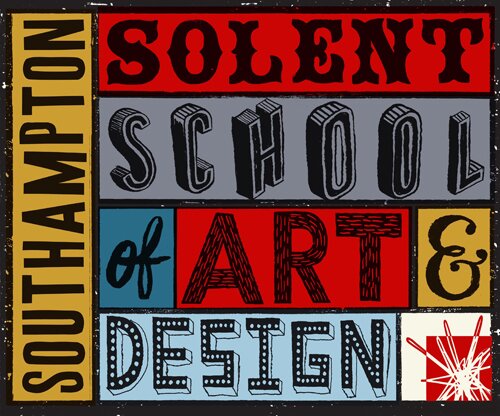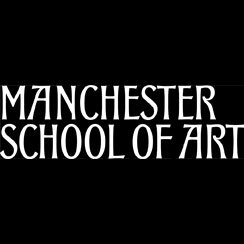
Christine McCauley
Christine McCauley is a senior lecturer in Illustration & Visual Communication at the University of Westminster. She studied Illustration at the Royal College of Art and Design at Liverpool College of Art. Her recent work has been the been the production of limited edition book works based on her travels in the North East frontier states of India. Recent publications and conference presentations have focused on the role of war art & artists and include: ‘Lest we Forget’ coordinated by the National Memorial Arboretum and published by the History Press (2011) and “The tip of the Iceberg” a presentation at the War & Memory Conference, Warsaw (2012).
Abstract:
Contested Spaces and Disputed Narratives.
This proposal is for a practice led presentation about my bookwork ‘NAGALAND borders boundaries belonging’ also referencing an earlier bookwork ‘Traces, trails & remnants’.
As a child I had a profound sense of belonging to places never visited that were ‘far away and long ago’ and existed only in my memory and imagination. Prompted by stories of my father’s experiences during WW2, in the 14th, Forgotten Army, during the Burma Campaign I made two solo journeys to the North Eastern frontier states of India. These journeys have been part of my personal quest for understanding: tracing my fathers’ steps, both literally and through image making.
In 2007 I travelled by train and shared jeeps from Kolkata to Siligori, through the Himalayas to Darjeeling, Kalimpong and Gangtok. In 2011 I continued my travels to three of the ‘Seven Sister’ states of ‘old Assam’ which had been subject to Protected / Restricted area permits, Assam, Nagaland and Meghalaya. The drawings I made, the objects I collected and the notes and photographs I took formed the basis of the bookwork’s I subsequently made.
My journey to this remote and politically sensitive region, bordering Chinese occupied Tibet, Bangladesh and Myanmar brought into sharp relief on-going themes in my work, the impact the past has on the present, the relationship of time and
place, identity and memory, the transcultural experiences caused by war, colonisation and migration and their effect on our personal sense of identity and belonging. Working through these themes via illustration, image making and writing
has been an integral part of my process of ‘encounter’, both with personal histories, present political realities and identity.
When making the finished work the material quality of the object and the processes by which it is made become very important. ‘NAGALAND, borders boundaries belonging’ was handset and printed by letterpress. Some spreads were printed in 6
colours and the book took over a year to produce. The historical resonance of the medium and the time consuming nature of the process reflect the embedding of form and idea, and paid homage to the material culture of the Naga hill tribes. It was
amongst this people that I experienced the true ‘kindness of strangers’. The Naga’s desire to share their rich cultural heritage gave me unforeseen access to places, people and experiences, and I will be forever in their debt.
I see my current practice as echoing that of generations of Lady travellers; embracing the need to journey, be in a liminal space, to have a plan but not be afraid to divert from it. To be alone, take a sketchbook and make images is, for me, the definition of the itinerant illustrator; one who travels widely in geographic space, visual forms and ideas, in order to get lost and find the unlooked for.







